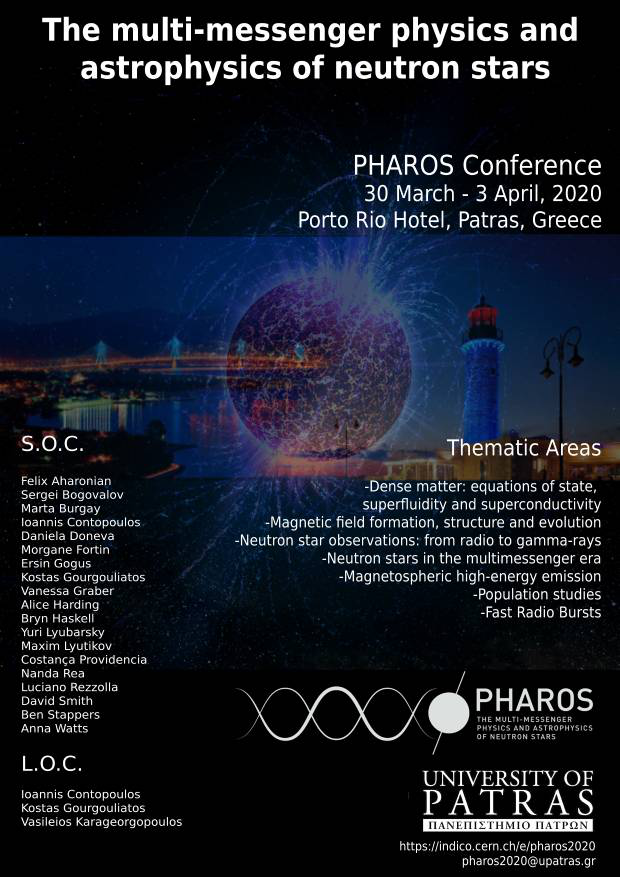Speaker
Description
A good knowledge of the neutron star population of the Universe has important implications for our understanding of the sources that may be detected as gravitational wave emitters, gamma ray bursts, and FRBs, to name a few. It has been highlighted in the past that the current rate of core-collapsed supernovae is not large enough to explain the combined birth rates of various types of neutron stars, such as ordinary pulsars, magnetars, RRATs, and XDINS. A better knowledge of the different populations of neutron stars will aid in resolving this birth rate problem. In this talk, I will present a review of past and current neutron star population studies, and look forward to what new facilities, such as the SKA, will bring to this field in the future.

